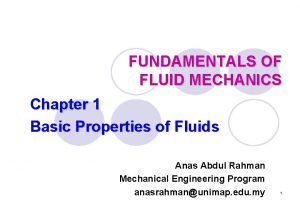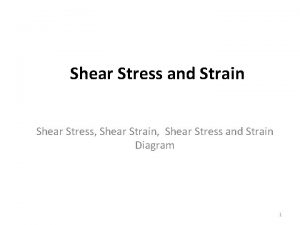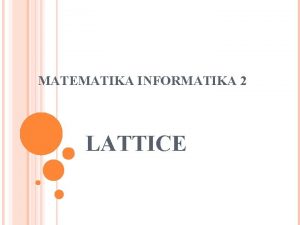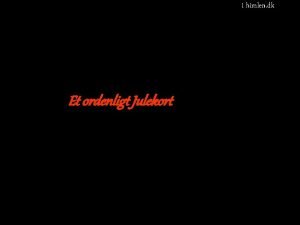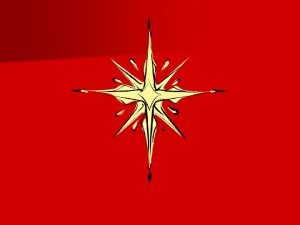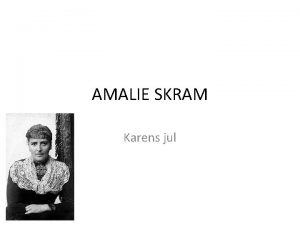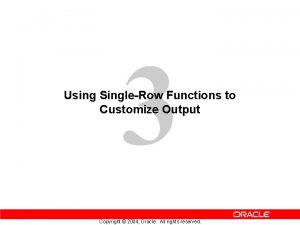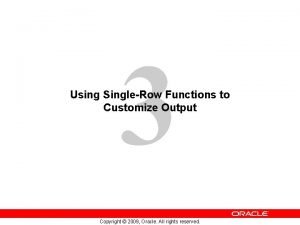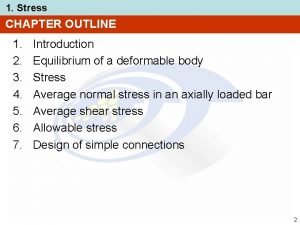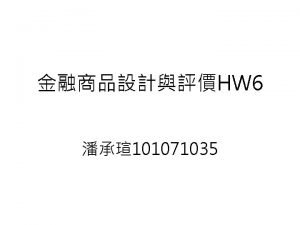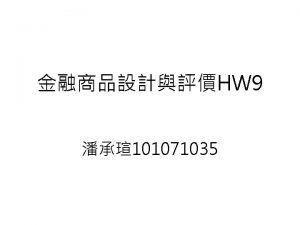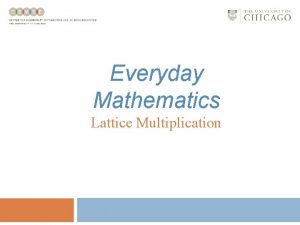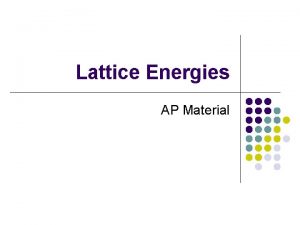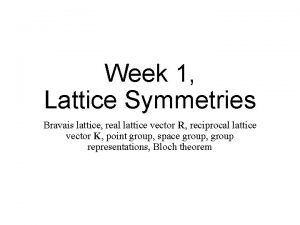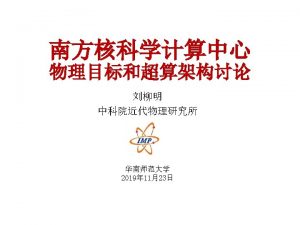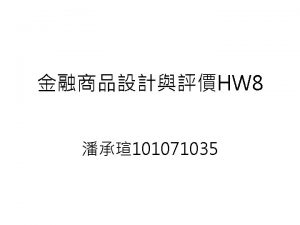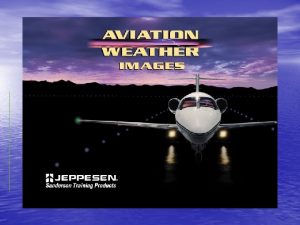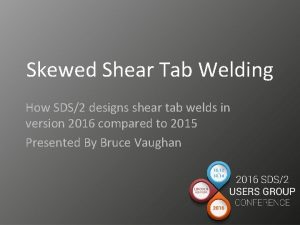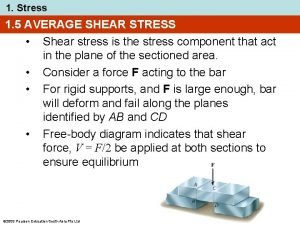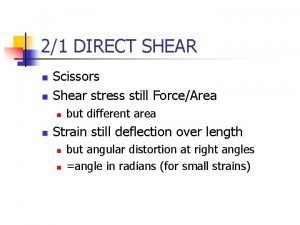Lattice 2008 Jul 14 2008 Measurement of Shear













- Slides: 13

Lattice 2008 Jul. 14, 2008 Measurement of Shear Viscosity in Lattice Gauge Theory without Kubo Formula Masakiyo Kitazawa with M. Asakawa, B. Muller, C. Nonaka

Transport Coefficients of the QGP One of the hottest topics! • Success of ideal hydrodynamic models to describe RHIC data. • h/s=1/4 p from Ad. S/CFT – lower bound? Analyses of viscosities on the lattice Karsch, Wyld 1987; Nakamura, Sakai 1997, 2004; Meyer 2007, 2008, talk on Fri. ; Pica talk on Thu. • based on the Kubo formula - problem in analytic contituation • Is spatial volume large enough?

Experimental Measurement of h v F L Our idea: Create the spatially inhomogeneous flow on the lattice and measure viscosities “experimentally”. Spatially inhomogeneous system: Gopie, Ogilvie PRD 59, 034009(1999)

Velocity Distribution v F L z u 3(x) is linear. u 3(x) x x : const.

Direct Measurements of Viscosities If we can create a static “hydrodynamic” flow on the lattice, transport coefficients can be determined by measuring Tmn’s. The energy-momentum tensor microscopically: directly observed on the lattice hydrodynamic: long range and course gained

Momentum Source cf. ) grand canonical: Statistical average of an observable O: z y x L Put external sources to Hamiltonian Lagrange multiplier Path integral representation 0 L/2 imaginary sign problem L

Momentum Flow with Source z y x L/2 Microscopic dynamics governs short range behavior. L x The hydro. mode forming the linear behavior will survive at long range.

Taylor Expansion • 0 th order: • 1 st order: 2 -point functions • never gives rise to a linear func. at long range • not responsible for the hydrodynamic flow Teaney, PRD 74, 045025(2006) Meyer, ar. Xiv: 0806. 3914

Taylor Expansion • We need higher-order correlation functions including both sources at x=0 and L/2 to create the hydrodynamic modes. • 2 nd order term should vanish, since l. h. s. is an odd function of l. • The hydrodynamic mode can appear at least from 3 rd order.

Numerical Simulation pure gauge: b = 6. 499, a = 0. 049 fm, Nt=6 (T = 2. 5 Tc) parameter determined by Bielefeld group lattice size: 64 x 322 x 6 – Lx= 3. 13 fm Nconf ~ 20 k 128 x 322 x 6 – Lx= 6. 27 fm Nconf ~ 27 k 192 x 322 x 6 – Lx= 9. 41 fm Nconf ~ 13 k • each 20~60 steps of HB+OR 4 • on bluegene@KEK (128 nodes) • one week simulation Clover term for field strength n m

Numerical results 128 x 322 x 6 Nconf ~ 27 k 1 st order exp. damping x no structure source ~0. 4 fm 3. 1 fm L/2

Numerical results 128 x 322 x 6 Nconf ~ 27 k 3 rd order x source • No structure is mesuared except for near the source… L/2

Summary • We tried to create a system having hydrodynamic flow by introducing the momentum source to the Hamiltonian. • Evaluating its effect by Taylor expansion up to 3 rd order, any signals for the flow is not observed thus far. What’s wrong? • Just a problem of statistics? • Microscopic dynamics forbids a generation of hydro. flow? • Is Taylor expansion available for this problem? L/2 L x
 Dynamic viscosity symbol
Dynamic viscosity symbol Shear stress
Shear stress Suatu poset merupakan lattice jika hanya jika...
Suatu poset merupakan lattice jika hanya jika... 2008 2008
2008 2008 Jul i himlen
Jul i himlen Andersens julehemmelighed
Andersens julehemmelighed Enebærbusk tekst
Enebærbusk tekst Jul 401 english
Jul 401 english Veprat e shekspirit hamleti
Veprat e shekspirit hamleti Karens jul amalie skram
Karens jul amalie skram Assume sysdate =25 jul 95
Assume sysdate =25 jul 95 Annasinstruktionsbok
Annasinstruktionsbok Assume sysdate =25 jul 95
Assume sysdate =25 jul 95 Double shear in bolts
Double shear in bolts
